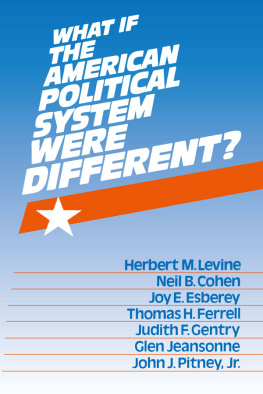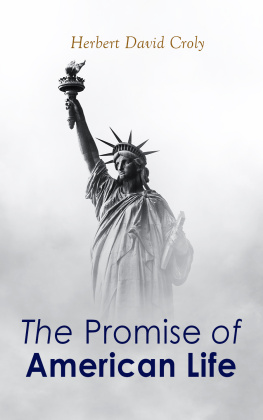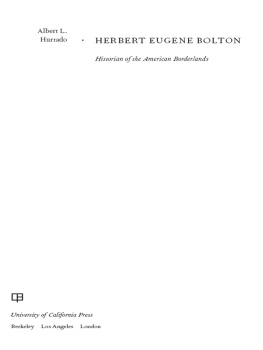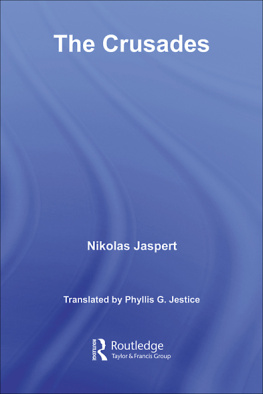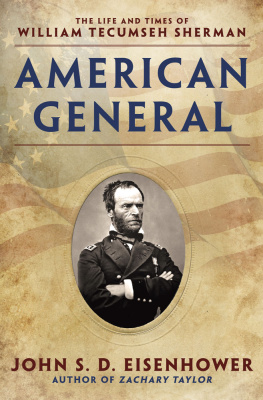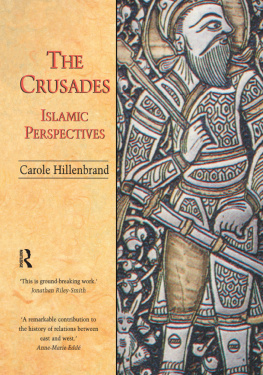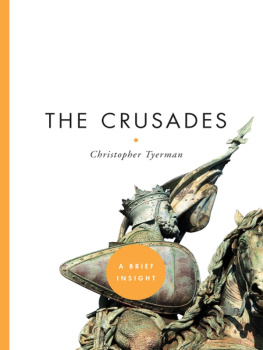Originally published in 1972 by The Macmillan Company.
Published 1999 by Transaction Publishers
Published 2017 by Routledge
2 Park Square, Milton Park, Abingdon, Oxon, OX14 4RN
711 Third Avenue, New York, NY 10017, USA
Routledge is an imprint of the Taylor & Francis Group, an informa business
New material this edition copyright 1999 by Taylor & Francis.
All rights reserved. No part of this book may be reprinted or reproduced or utilised in any form or by any electronic, mechanical, or other means, now known or hereafter invented, including photocopying and recording, or in any information storage or retrieval system, without permission in writing from the publishers.
Notice:
Product or corporate names may be trademarks or registered trademarks, and are used only for identification and explanation without intent to infringe.
Library of Congress Catalog Number: 98-5460
Library of Congress Cataloging-in-Publication Data
Parmet, Herbert S.
Eisenhower and the American crusades / Herbert S. Parmet ; with a new
introduction by the author.
p. cm.(American presidents series)
Originally published: New York : Macmillan, 1972.
Includes bibliographical references (p. ) and index.
ISBN 0-7658-0437-9 (alk. paper)
1. Eisenhower, Dwight D. (Dwight David), 1890-1969. 2. United
StatesPolitics and government1953-1961. I. Title. II. Series. E835.P3 1998
973.92'1'092dc21 98-5460
CIP
ISBN 13: 978-0-7658-0437-2 (pbk)
Not until the opening of the Dwight D. Eisenhower Presidential Library in Abilene, Kansas, did professional historians begin to appreciate what the majority of Americans had long since taken for granted: that the thirty-fourth president was no mere caretaker. His standing, critics had assumed, rested on the reassuring image of a World War II leader who was a master at soothing popular opinion, avoiding controversy, and leaving the sordid world of politics to others. By contrast, John Foster Dulles, his secretary of state, was the strident cold warrior while the president devoted himself to the cause of peace. Ike, above partisan battles, was clearly happy to devote his two presidential terms for the cause of maintaining GOP control of the White House. That other dimension, divisive moral issues of the day, notably the Joe McCarthy situation and the fight for racial equality were finessed with a minimum of blood-letting.
The boisterous 1960s then interpreted Ikes passivity as negligence. Eisenhower, conventional wisdom seemed to say at the time this book began to be researched, had governed by ignoring vital national needs. Even while suspecting that the reality was far more complex than that, I approached his record assuming the aptness of recalling young Henry Adamss thoughts after his father had taken him to meet with President Ulysses Grant. Adams found the Civil War hero was, in reality, a sad comedown from the era when a man like George Washington was president. It was, for the young man, a living refutation of Darwins theory of evolution.
Researching all this in the years that have since passed, over a quarter of a century after first examining the Eisenhower record and watching the American presidency, helps to place the record of the first post-World War II Republican chief executive in a perspective that reemphasizes just how much American leadership battles are waged over the political center. Eisenhower, deeply conservative himself, nevertheless became identified with New or Modern Republicanism. Two years after taking over the presidency, he advised his brother Edgar that the Republican party had better avoid moving too far to the right. Should any political party attempt to abolish Social Security, unemployment insurance, and eliminate labor laws and foreign programs, you would not hear of that party again in our political history, he wrote. The hero of the crusade in Europe gradually came into focus as the guardian of postwar internationalism, the opponent of a new wave of isolationism, especially within his own party. He played a role that historians came to appreciate only later. No one was better suited to step in at a time of severe national conflicts, not only conflicts over such ongoing issues as the Korean War and internal communism, but within the two major parties. The strength of such isolationism was his most important reason for running.
Dwight D. Eisenhower did belong to another erathe era of World War II and Americas reconversion to peacetime, the era of Harry Truman and a Democratic party struggling to complete the New Deal, the era of the Republican partys exclusion from national leadership for two decadeswith the exception of the eightieth Congress that served as Trumans foil for his election in 1948-the attempt at a restoration that required finding its voice for the postwar age, and especially the creation of resistance to Soviet ambitions.
It was also a time of unprecedented prosperity, one that unleashed pent-up consumer savings that had been frustrated during the war years. New homes, automobiles, electronic utilities, poured onto the market. Private investment took over much of the slack from wartime government spending. Americans began to spend their future earnings. The Eisenhower prosperity went into high gear. Before the decade was over, the end of poverty was widely assumed to be a reality.
Presiding over all this, in the words of Murray Kempton, Eisenhower was the great tortoise on which everything rested. Few, Kempton added, recognized the cunning beneath the shell. Eight years of his presidency had done almost nothing to reduce his stature. A Gallup poll taken right after Kennedys election showed that Ike still commanded a 58 percent level of popular approval.
As James Reston once wrote, Ikes popularity was a national phenomenon, like baseball. He was the focus of a national love affair, which cannot be analyzed satisfactorily by the political scientists and will probably have to be turned over to the head-shrinkers.
Reston was far from alone. Almost all experts were puzzled. One historian contemplated the Eisenhower record by writing, After almost eight years in the White House, Dwight D. Eisenhower remains the most enigmatic phenomenon in the history of the American presidency.... Promoted in 1952 as the man best qualified to deal with the Russians, he has resolved or mitigated none of the cold war conflicts which existed when he took office. Heralded as a man of peace, he has entered his last months in office with the United States subjected to humiliating and unprecedented abuse in many areas of the free world.
The most damaging early assessment, written by journalist William V. Shannon, proclaimed that Eisenhowers presidency was a time of great postponement. John F. Kennedy, who was to make Shannon his ambassador to Ireland, chimed in with a gentle inaugural address jibe at Ike when he said that the torch has passed to a new generation. When American historians were then polled by Arthur Schlesinger, Jr., to determine how they would rank former chief executives, Eisenhower placed next to the very bottom of the average category, or, to be more exact, twenty-second in the standings.




